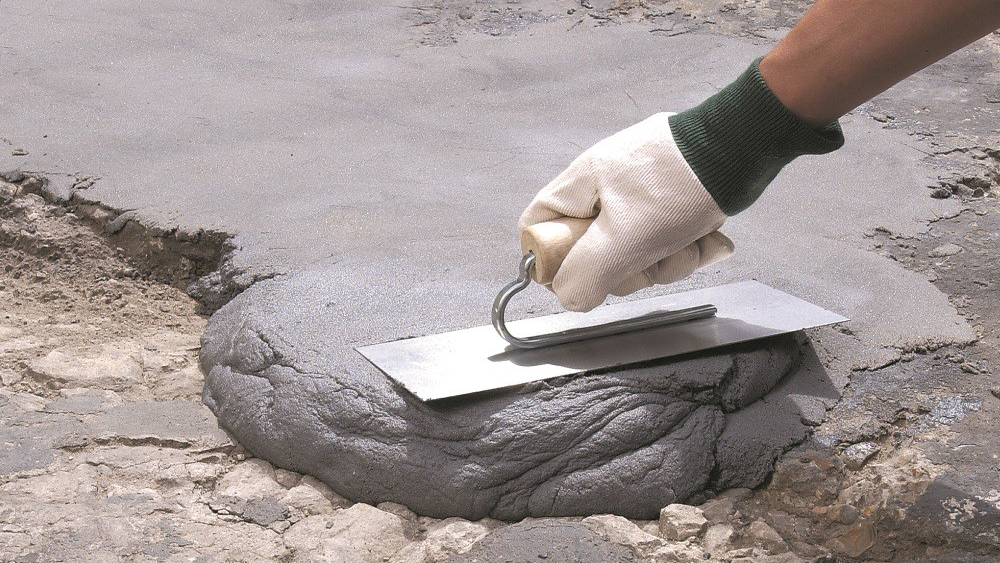To determine the extent of the damage, a thorough inspection of the cracked concrete is necessary. This involves examining the size, depth, and pattern of the cracks. Small hairline cracks may not require extensive repair, while larger and patching cracks in concrete demand more attention. Understanding the severity of the damage helps in selecting the appropriate repair method.
Preparing the Surface
Proper surface preparation is crucial for the success of the patching process. Clean the cracked area to remove debris, dirt, and loose particles. Use a wire brush or a pressure washer to ensure a clean and sound surface. Additionally, any loose or crumbling sections should be removed carefully to create a stable base for the patching cracks in concrete material.
Choosing the Right Patching Material
The selection of the patching material depends on the size and type of crack. For small cracks, concrete patching compounds or resurfacing products can be used. These materials are easy to apply and provide a smooth finish. For larger cracks or spalled areas, polymer-modified concrete mixes or mortar may be more suitable. Choosing a product that offers excellent bonding properties and durability is important.

Applying the Patching Material
Once the surface is properly prepared, it’s time to apply the patching material. Follow the manufacturer’s instructions and mix the product accordingly. Fill the crack or damaged area with the patching material using a trowel or a putty knife. Ensure that it is evenly distributed and adequately covers the entire affected area. Smooth the surface to match the surrounding concrete, keeping it level and free of irregularities.
Smoothing and Finishing the Patch
After applying the patching material, achieving a smooth and seamless finish is important. Use a trowel or a float to level the surface and remove excess material. Feather the patch’s edges to blend with the surrounding concrete, creating a seamless transition. Please pay attention to achieving the desired texture and finish, whether it’s a smooth surface or one that matches the existing concrete pattern.
Enhancing the Aesthetics
Patching cracked concrete not only restores its functionality but also presents an opportunity to enhance its aesthetics. Various decorative techniques can add visual interest to the patched area. For instance, stamped patterns, exposed aggregate finishes, or even colored stains can be applied to create a unique and appealing appearance.
Sealing the Patched Area
To protect the patched area from moisture, staining, and further damage, it’s essential to apply a suitable sealer. Concrete sealers are available in different formulations, including acrylics, epoxies, and penetrating sealers. Choose a sealer that offers good adhesion, durability, and resistance to chemicals and UV rays. Applying a sealer not only enhances the longevity of the patch but also adds a polished finish.